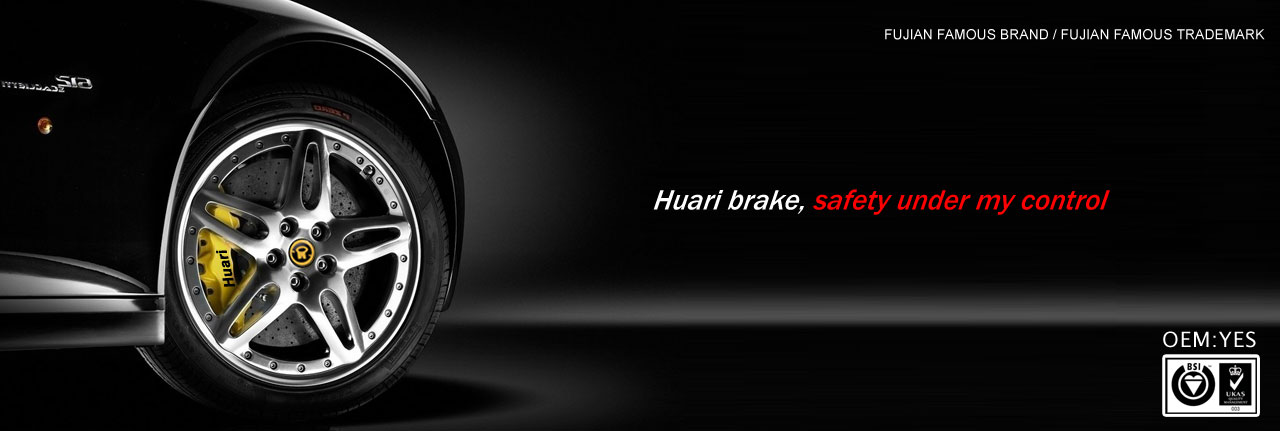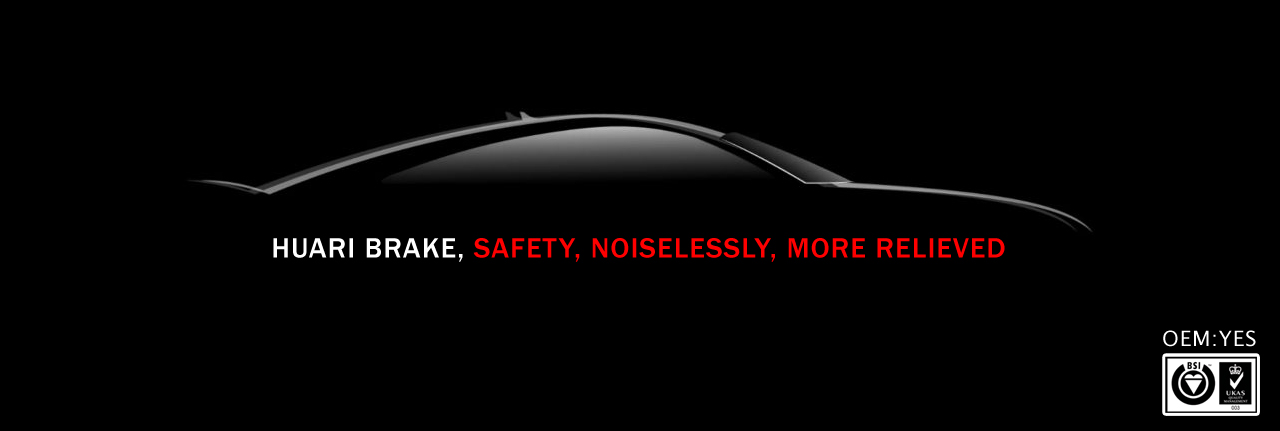If there’s anything Chevy mechanics have learned through the years it’s that a Corvette is just a little bit harder to work on than a garden variety Chevrolet, and it’s for a number of reasons: there’s not as much room to get to things, a special tool is often required and there’s always a new tech trick to learn. On top of all that there’s what seasoned owners call the Corvette tax. It’s a special markup added to the price of all Corvette parts even if they look like ordinary Chevy parts.
That said, we’re pleased to announce that the following tech article on how to install new disc brake pads and rotors on a C4 Corvette goes totally against everything just mentioned about working on a Corvette. Our subject vehicle is my 1990 Z-51 and I’m here to tell you it was a pleasant surprise to discover how easy it was to swap all four rotors and install new brake pads. In addition to being easy to do brake work on, the price of buying EBC Brakes rotors and brake pads for the 1990 Z-51 was comparable to what one would expect to pay for ordinary Chevy brakes.
EBC Brakes lists rotor size in its catalog. Corvettes manufactured between 1988 and 1994 with Z51, Z52, Z07, Z01 or ZR1 RPO codes have RPO J55 13-inch front brake rotors with mounting brackets to accommodate 13-inch rotors. Standard C4 Corvettes used 12-inch rotors until the last two years of C4 production where RPO J55 “big” 13-inch brakes were made standard equipment.
The argument for bigger brakes—besides looking more impressive filling inside an airy alloy wheel design—is increased stopping ability on a rapidly repeated basis. All brakes are subject to brake fade, but the situation can worsen or greatly improve by one’s choice of replacement parts. Substandard, cheap replacement brake pads and rotors perform worse than OE (original equipment) and top-quality replacements using the best materials and latest engineering discoveries often outperform original equipment.
Brake fade is caused by heat. When the brake pads get extremely hot they emit gasses that create a boundary layer that interferes with the friction needed for braking action—the pedal goes down but no brakes. To aid cooling on RPO J55 brakes, GM pitched the fins forward to scoop cooler air on the 13-inch rotors making the rotors directional. In addition to OEM-style directional fins, EBC Brakes’ GD Sport Rotors using the latest 21st century technology are grooved and dimpled to vent outgassing. The compound in EBC Brakes’ Yellowstuff brake pads is high friction intended for fast street use and track day action. High-friction pads overcompensate for what little sweep area is lost to negative space created by the grooves and dimples in the rotor. EBC Brakes states that Yellowstuff 1793 compound pads improves brake effect by 30-40 percent.
Obtaining enhanced performance from a car that was previously factory engineered for high performance requires accepting a few tradeoffs to eke out further gains. The tradeoffs for installing EBC Brakes’ Yellowstuff pads and rotors on my 1990 Z-51 Corvette were minimal. The Yellowstuff brake pads, as cautioned by EBC Brakes, do produce a certain amount of brake dust in proportion to how often they are applied hard (heavy braking). To counteract the brake dust I’ve been spraying Armor All Brake Dust Repellent on the wheels and it is effective. The second caution EBC Brakes warns is there will be a little wind noise from the grooved and dimpled rotors. This wind noise disappears with the windows up and the air-conditioning on.
After observing EBC Brakes’ recommended break-in period of 1,000 miles where heavy use is to be avoided (ignore in case of emergency, panic stops) I’ve nailed the J55 brakes hard repeatedly and they stop fast, holding a straight line with the improved-for-1990 ABS scampering from wheel-to-wheel leaving a toasty aramid fiber smell in their wake.

1. For the first time out knowing how to jack a C4 Corvette into the air can be a mystery. Look for the four Jacking Location indicators embossed on the pinch weld of the lower rocker panels.
 3/27
3/272. The method I devised was to cut four 2x4 blocks of equal length and center under the jacking points on Harbor Freight 6-ton jack stands. Next, I measured the gap in between and cut a 4x4 to fit. Then a Harbor Freight 2-ton floor jack was centered under the 4x4. To avoid death it’s a good practice to test shake the car vigorously before climbing under.

3. The plastic lug nut covers were taken off gently and then the steel lug nuts were removed. The special socket to remove the anti-theft lug nut is factory stowed in the center console.

4. To remove the brake rotor, the two bolts holding the brake caliper mounting bracket to the spindle must be detached. Remove the brake caliper, but do not allow it to hang freely from the flex hose.

5. Note the rubbery red coating on the brake caliper mounting bolts; it’s a thread locker that comes on new bolts. The GM factory shop manual says these bolts must be replaced with new.

6. After a brief soaking with spray-on penetrating oil a good whack with a lead hammer knocked the old front brake rotor loose from the hub.

7. Before mounting the new EBC Brakes rotor to the hub it’s a good practice to clean off the face of the hub (sand, scrape, wire brush) to ensure the brake rotor sits perfectly flat on the hub, eliminating the possibility of brake rotor runout. Spin the hub by hand to check for bearing slop or snags.

8. A necessary step; the brake rotor will not stay (lay) flat against the hub without tightening a few lug nuts to hold it in place.

9. A unique feature of EBC Brakes’ Yellowstuff brake pads is the red abrasive polymer Brake-In Coating applied to ensure proper bedding of its pads. The black, corrosion-resistant finish on GD Sport Rotors is called Geomet.
 11/27
11/2710. EBC Brakes’ S5 Yellowstuff matched rotor and brake pad kits include sheets of 3M 468 anti-rattle, high-heat tape to be cut and fitted to the outside of the brake pad, plus copper paste caliper lube for moving parts.
 12/27
12/2711. The brake pads are removed from the front calipers by pushing this external snap ring off the end of the brake pad retainer pin.
 13/27
13/2712. Next, the brake pad retainer pin is pushed inward with a pin punch or similar tool and removed.
 14/27
14/2713. In lieu of a proper sized punch, tapping a socket into the circular spring clips on the front brake pads worked great to remove the brake pads from the calipers.
 15/27
15/2714. Before collapsing (expanding) the brake caliper pistons to accommodate the new (thicker) brake pads check the master cylinder brake fluid level to avoid overflowing.
 16/27
16/2715. Using one of the old brake pads and a C-clamp centered between the two pistons of the caliper, collapse the pistons into the caliper body equally until there’s sufficient room for the caliper slide over the new brake pads.
 17/27
17/2716. Stipulating the inboard and outboard brake pads have been installed correctly, the brake pad retainer pin will tap back into place easily with a lightweight hammer.
 18/27
18/2717. If the brake pad retainer pin is pressed all the way into place the external snap ring will pop on and seat. Provided the brake pads are fully collapsed apart, the brake caliper can be wriggled over the brake rotor.
 19/27
19/2718. A short alignment pry bar was used to line up the brake caliper mounting holes on the spindle. I chose to reuse the mounting bolts and applied 259 Loctite for thread locker.
 20/27
20/2719. I torqued my re-used bolts to 135 ft-lb. It’s possible torque specifications can vary between year models so to be sure check with the Corvette shop manual to find torque settings for your C4, and be sure to buy new bolts.
 21/27
21/2720. If all the preceding steps were followed faithfully, the passenger side front brake on a LHD (left-hand drive) 1990 Z-51 Corvette should appear as shown.
 22/27
22/2721. The first step after removing the rear wheels was to undo the two bolts attaching the rear brake caliper. I then removed and suspend the brake caliper to avoid damaging the brake hose.
 23/27
23/2722. Next, a good whack with a hammer to the rear brake rotor freed it from the hub.
 24/27
24/2723. Fingers reaching inside the rear brake caliper was all it took to pluck out the brake pads. Same as the front, 3M 468 anti-rattle, high-heat tape was cut to size and applied to the EBC Brakes’ Yellowstuff brake pads.
 2016-08-26 21:11:29
2016-08-26 21:11:29






